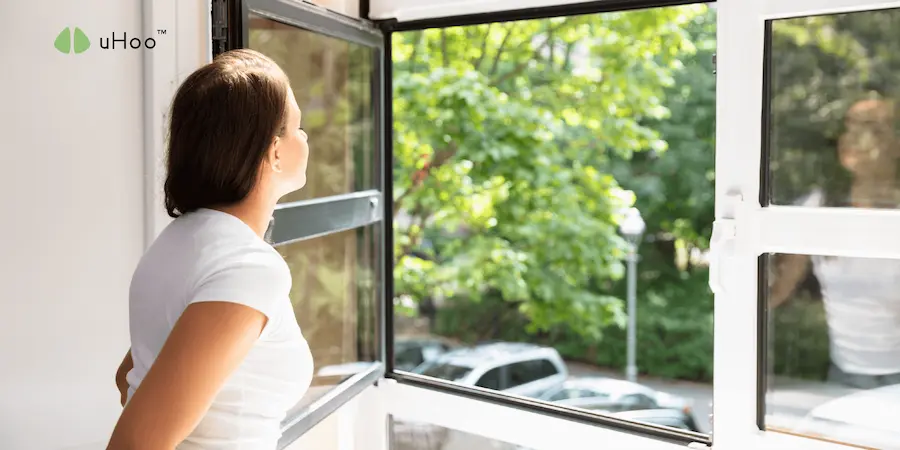We often think of air pollution as something that happens outside, a smoggy haze over a busy city. But the truth is, the air inside our homes can be just as, if not more, polluted. And the culprits? They’re often sneaky, hidden in plain sight, silently impacting our health.
These invisible invaders can range from volatile organic compounds (VOCs) released from everyday products to particulate matter that irritates our lungs. Understanding where these pollutants lurk is the first step to creating a healthier home environment.
The Usual Suspects (and Where They Hide)
- VOCs (Volatile Organic Compounds)
- These chemical gases are released from a variety of household products, including paints, cleaning supplies, furniture, and even air fresheners.
- They hide in freshly painted rooms, newly installed carpets, and the lingering scent of that “clean” you just sprayed.
- Particulate Matter (PM)
- These tiny particles, from dust and pollen to smoke and pet dander, can penetrate deep into our lungs.
- They lurk in dusty corners, around fireplaces, and in the air after cooking.
- Carbon Monoxide (CO)
- This odorless, colorless gas is a silent killer, often produced by faulty furnaces, gas stoves, and fireplaces.
- It hides wherever combustion occurs, posing a serious risk if ventilation is poor.
- Mold
- This fungus thrives in damp environments, releasing spores that can trigger allergies and respiratory problems.
- It hides in leaky basements, damp bathrooms, and behind wallpaper.
How to Find These Sneaky Pollutants
While some pollutants, like mold, are visible, others require a more sophisticated approach.
- Ventilation is Key
- Open windows and doors regularly to circulate fresh air.
- Use exhaust fans in bathrooms and kitchens to remove moisture and cooking fumes.
- Regular Cleaning
- Dust and vacuum frequently, paying attention to corners and hard-to-reach areas.
- Use HEPA filters in your vacuum cleaner to trap fine particles.
- Choose Low-VOC Products
- Look for paints, cleaning supplies, and furniture labeled “low-VOC” or “VOC-free.”
- Carbon Monoxide Detectors
- Install CO detectors on every level of your home, especially near sleeping areas.
- Test them regularly to ensure they’re working properly.
- Mold Prevention
- Control moisture levels in your home by repairing leaks and using dehumidifiers.
- Clean and dry damp areas immediately.
- Study the uHoo Mold Index to ensure mold never grows in your home.
- Advanced Air Quality Monitoring
- For a comprehensive understanding of your indoor air quality, invest in a uHoo air quality monitor.
- This device can detect a wide range of pollutants, including VOCs, PM2.5, CO2, temperature, humidity, and more.
- uHoo provides real-time data and alerts, allowing you to identify and address air quality issues before they impact your health.
- By using a uHoo, you can get a detailed look into the quality of your home’s air, and take proactive steps to improve it.
Taking these steps can help you create a healthier and more comfortable home environment, free from the sneaky air pollutants that threaten your well-being.



